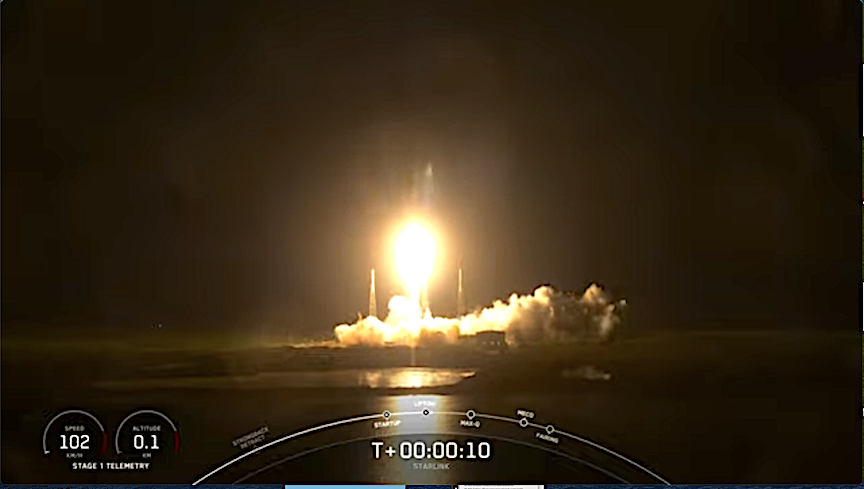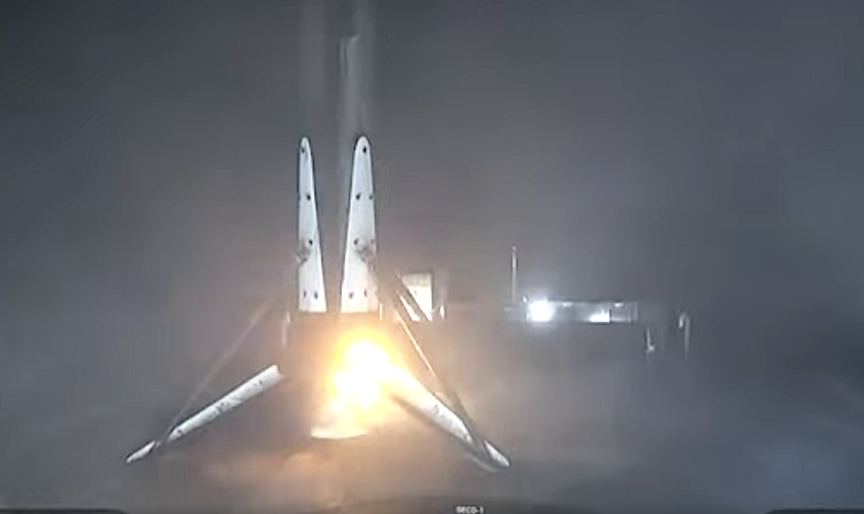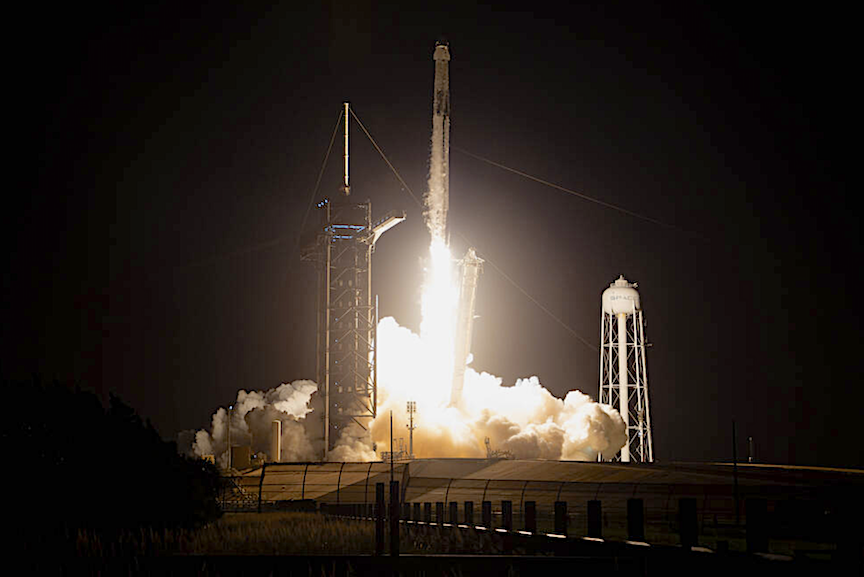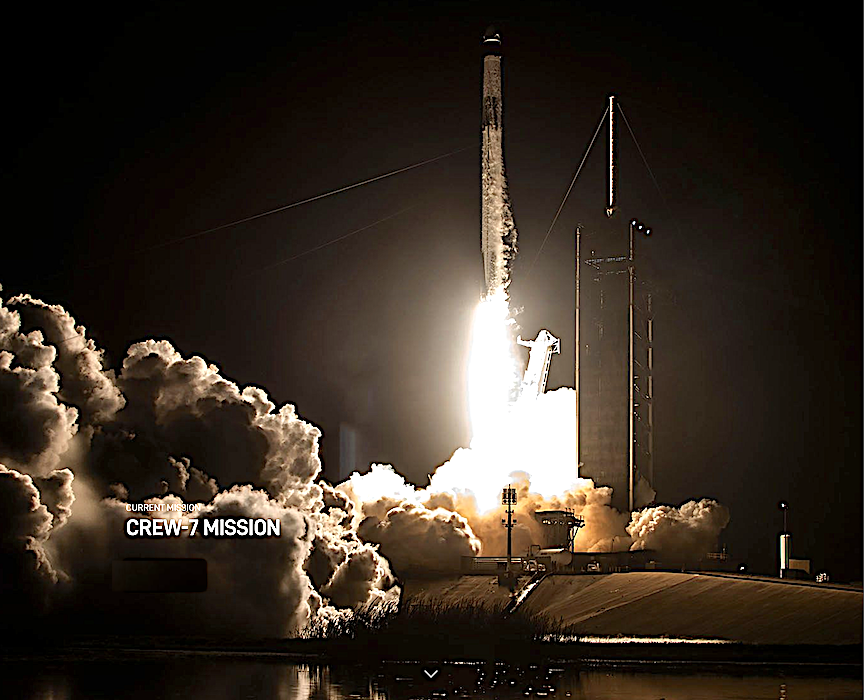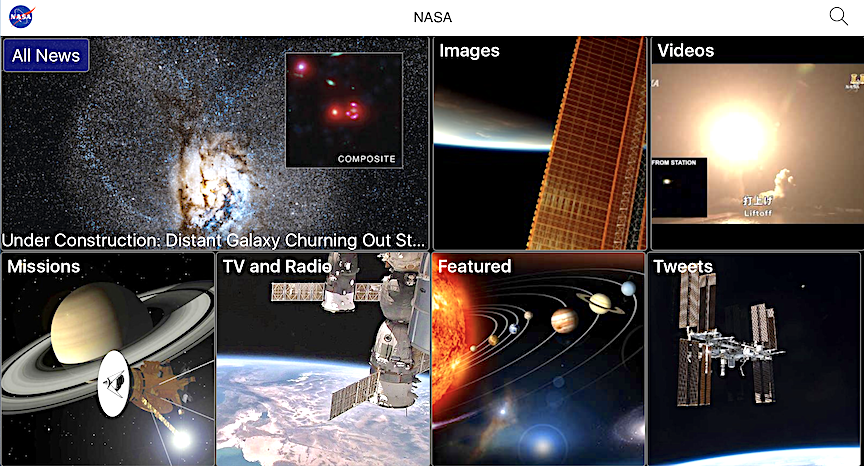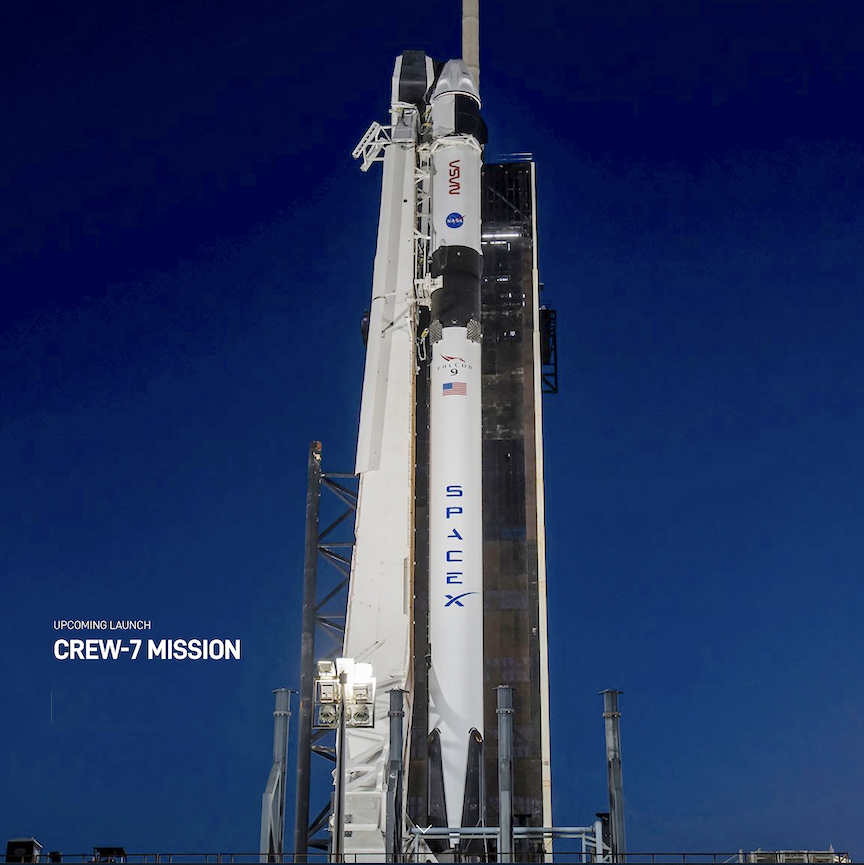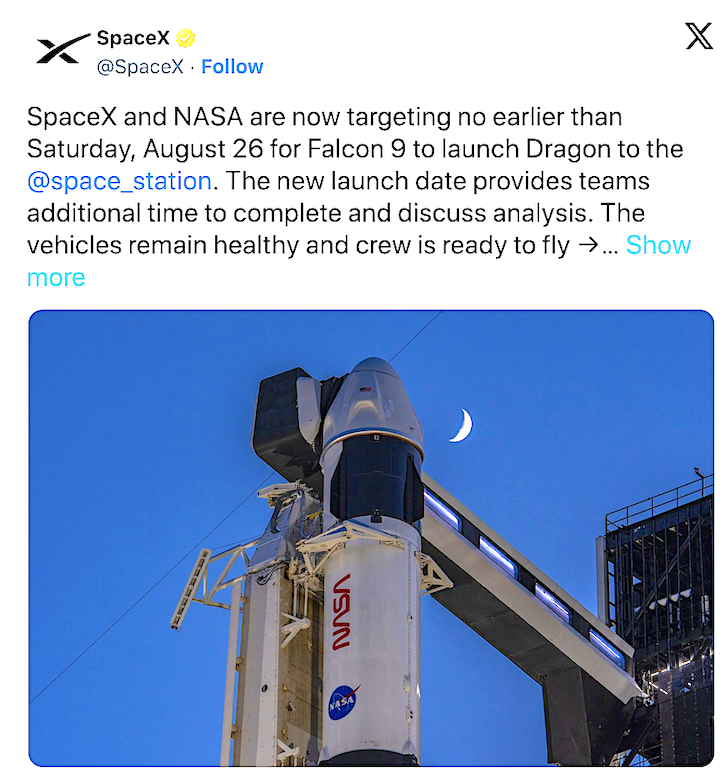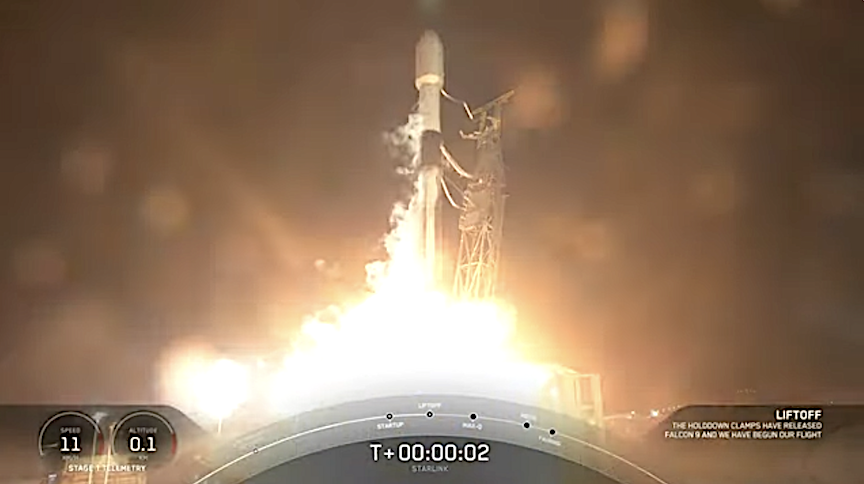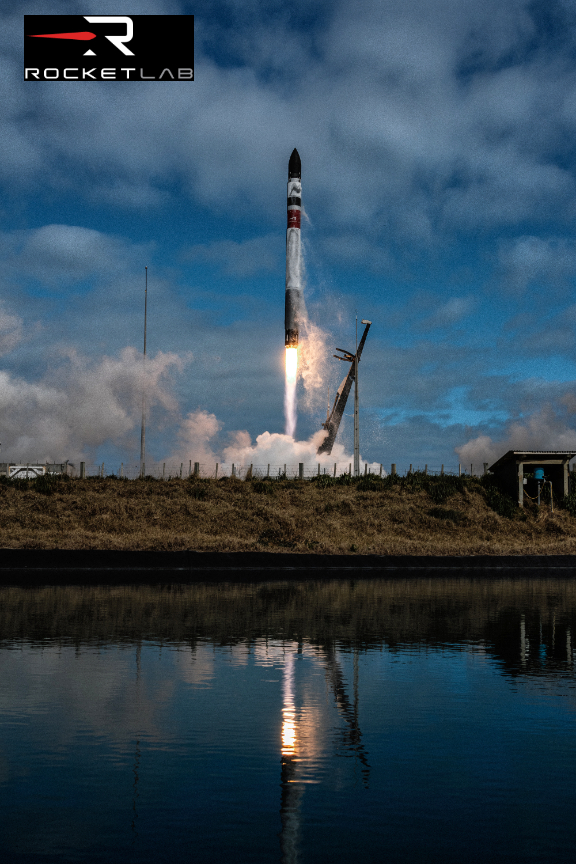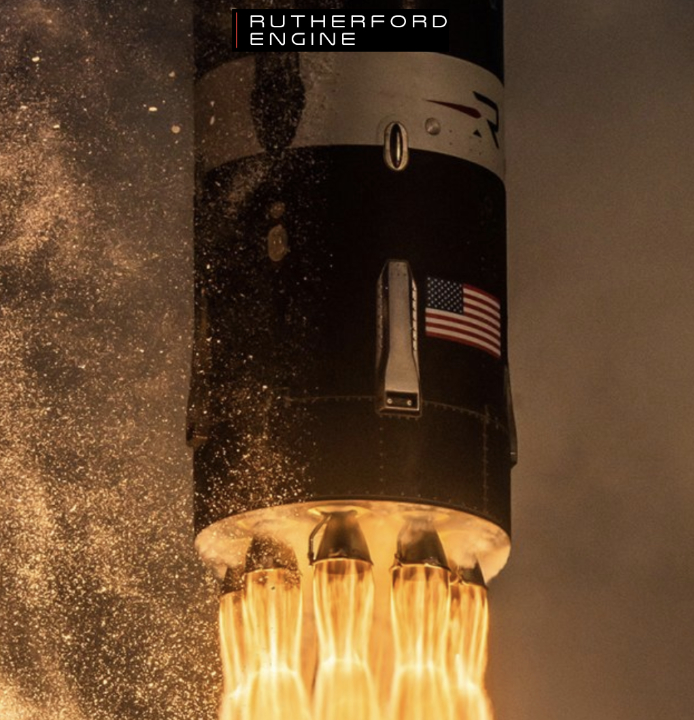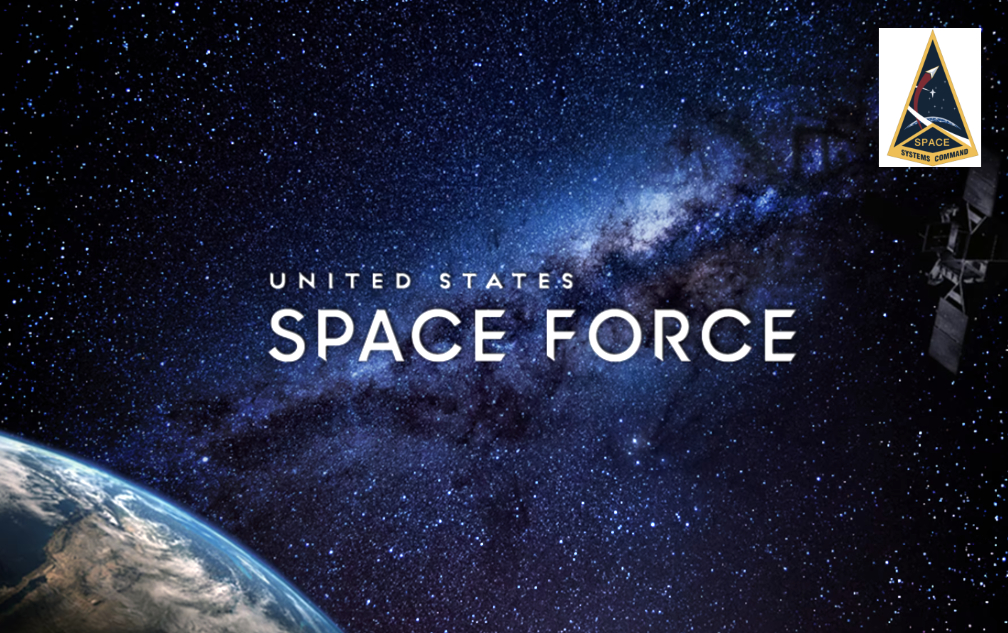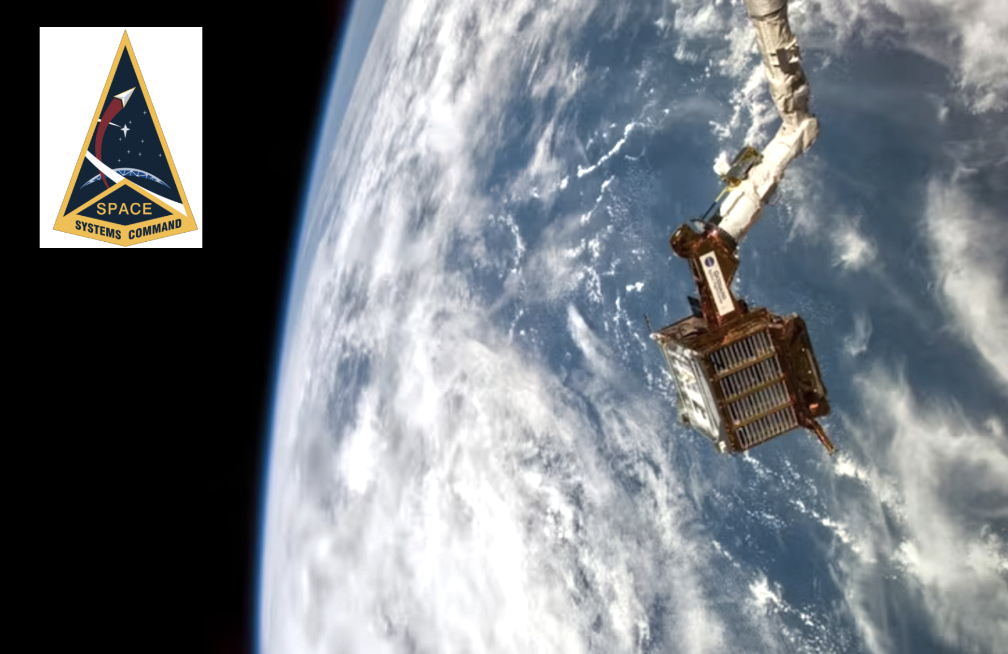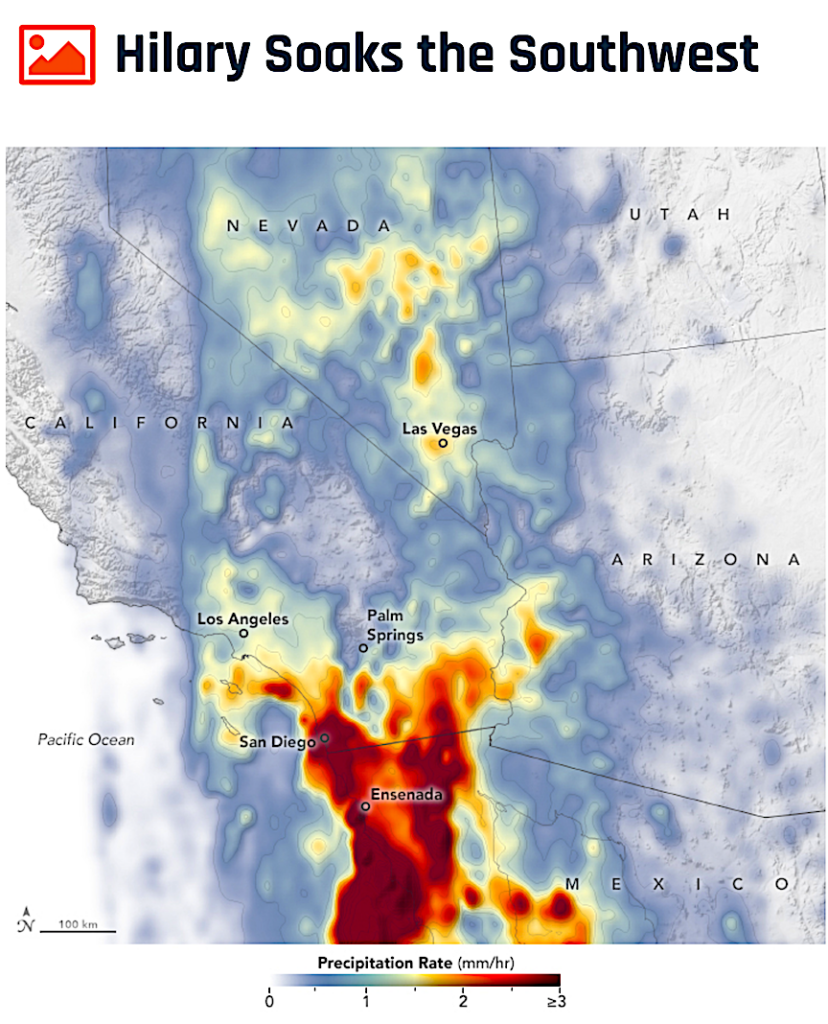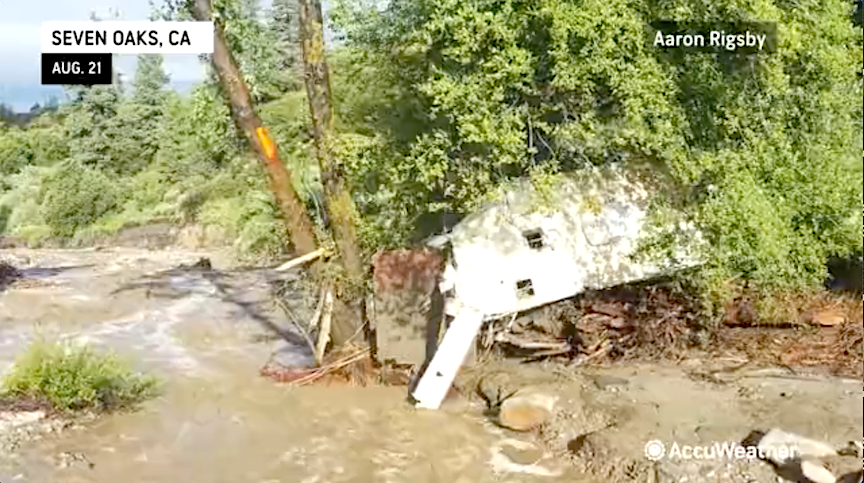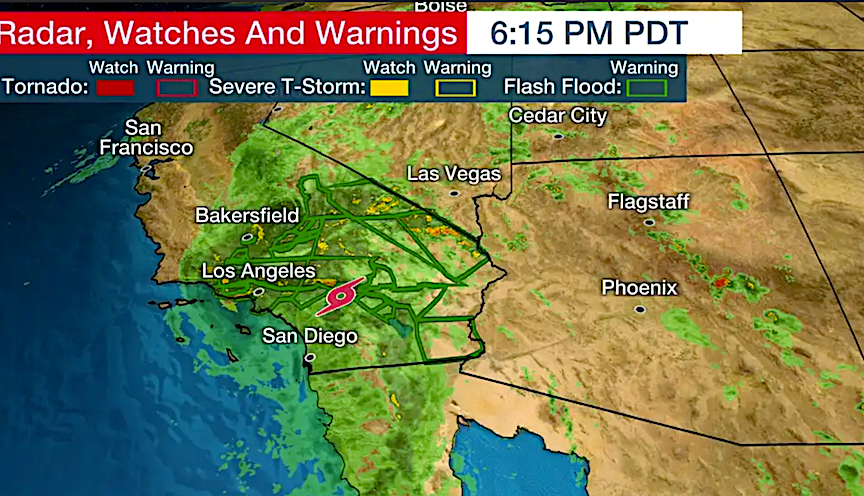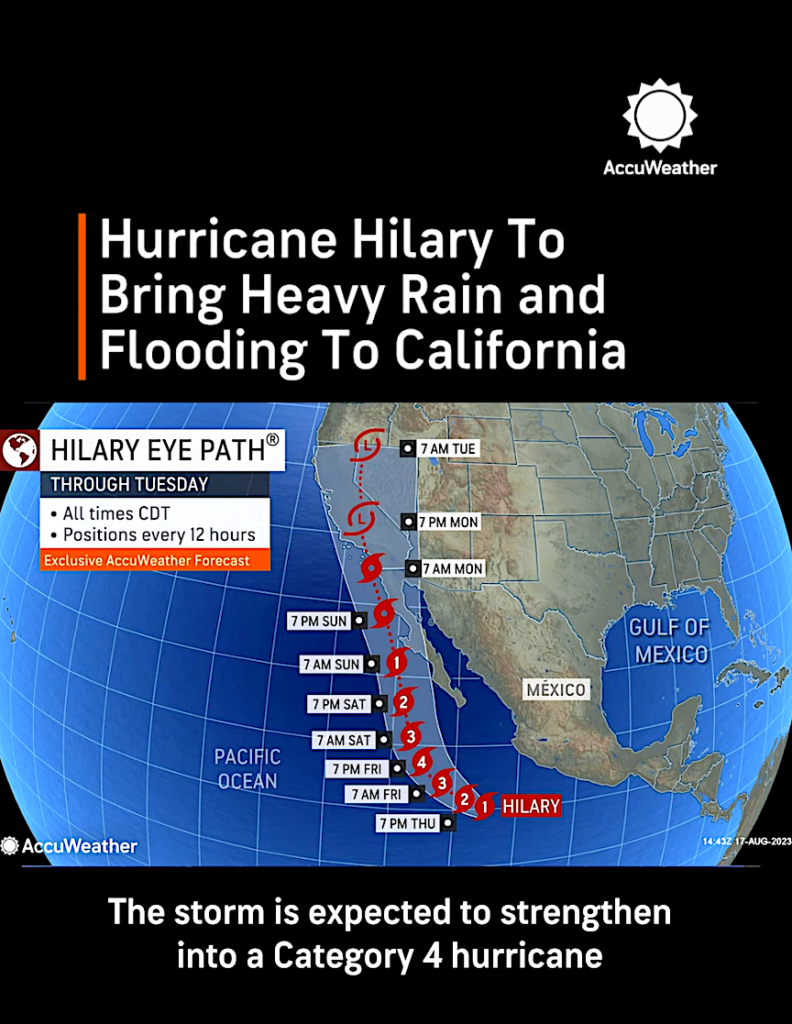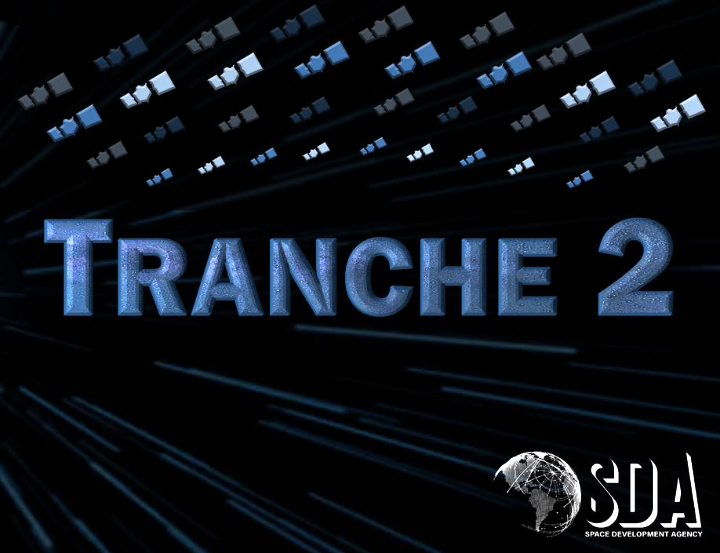
The U.S. Space Force (USSF) is exploring the ability of commercial providers to rapidly deliver both launch and on-orbit operations infrastructure. The USSF’s Space Systems Command‘s (SSC) Space Safari Program Office is partnering with the Defense Innovation Unit (DIU) on the next Tactically Responsive Space (TacRS) mission, called VICTUS HAZE, to identify and build-out commercial capabilities to further enable the TacRS program. TacRS focuses on all aspects of the national security imperative to deliver on-orbit capabilities to the joint force with speed and agility.

VICTUS HAZE is related to VICTUS NOX and is a current, Space Safari TacRS mission that is expected to launch later this year. VICTUS NOX is leading the Department of Defense’s ability to launch and establish on-orbit operations in days rather than the months and years it typically takes.

The VICTUS NOX mission informed the VICTUS HAZE goals, which focus on end-to-end execution using commercial capabilities. Space Safari is leveraging commercial solutions that are quickly modifiable and will further reduce timelines, normalize the TacRS Concept of Operations, and increase the range of orbits that can be reached on short notice.
The program includes the logistics, ground segment, launch service, on-orbit operations, and spacecraft bus; which is the main body and structural component of a satellite or spacecraft that holds the payload and all scientific instruments.
DIU remains partnered with SSC on several projects, including; Modularity for Space Systems, Readily Accessible Propellant in Diverse Orbits, Hybrid Space Architecture, and Responsive Launch, among others. However, this is the first partnership between the Space Safari Office and DIU.

Established in January of 2021, Space Safari is an acquisition program office responsible for responding to high-priority, urgent space needs by rapidly acquiring, integrating, and executing missions supporting USSPACECOM requirements and other combatant commander needs. By working with DIU, Space Safari has expanded its reach by accessing the joint force’s end users as well as DIU’s network of commercial and industry partners.
DIU posted its Commercial Solution Opening (CSO) for TacRS in August of 2023 and plans to award contracts Fall of 2023.
“It is critical that we tap into and leverage commercially developed capabilities – ones that we can rapidly field to execute the VICTUS HAZE mission and then be able to count on for future TacRS operational needs. Our partnership with DIU provides the right ecosystem, expertise, and mission focus to execute the VICTUS HAZE mission and establish a robust partnership with commercial providers.” — Maj. Jason Altenhofen, Deputy for the Space Safari Program Office, SSC
“The number and complexity of adversary threats in space is constantly growing. To rapidly respond to those threats, we need to deliver the most advanced TacRS capabilities the U.S. has to offer. VICTUS HAZE will help provide the advantage we need to assess the threats and continue our ability to freely maneuver in space.” — Lt. Col. MacKenzie Birchenough, Materiel Leader for Space Safari, SSC
“We started a Small Responsive Launch program in 2017 with SSC to leverage low-cost, high-cadence launch to quickly put small payloads into low Earth orbit, and to deliver a payload to a specific address,. TacRS is taking this to the next level, tapping into the ability for the commercial space industry to provide risk reduction for dynamic space systems to conduct their missions while demonstrating a contingency response capable of inspecting and characterizing a threat on urgent operational timelines.” — Steven Butow, Director of the Space Portfolio, DIU
“Facing the challenge of rapidly connecting space vehicles, specialized payloads, launch services, and ground systems – DIU is perfectly suited to support the acquisition of these transformational technologies and ensure warfighter needs are met.” — U.S. Space Force Maj. David “Merlin” Ryan, Program Manager, TacRS, SSC

